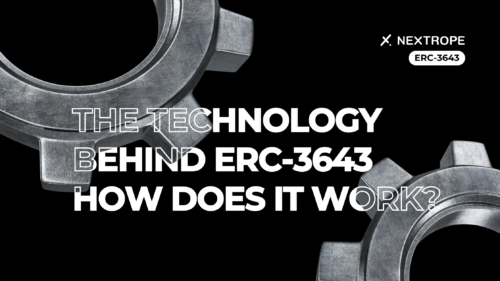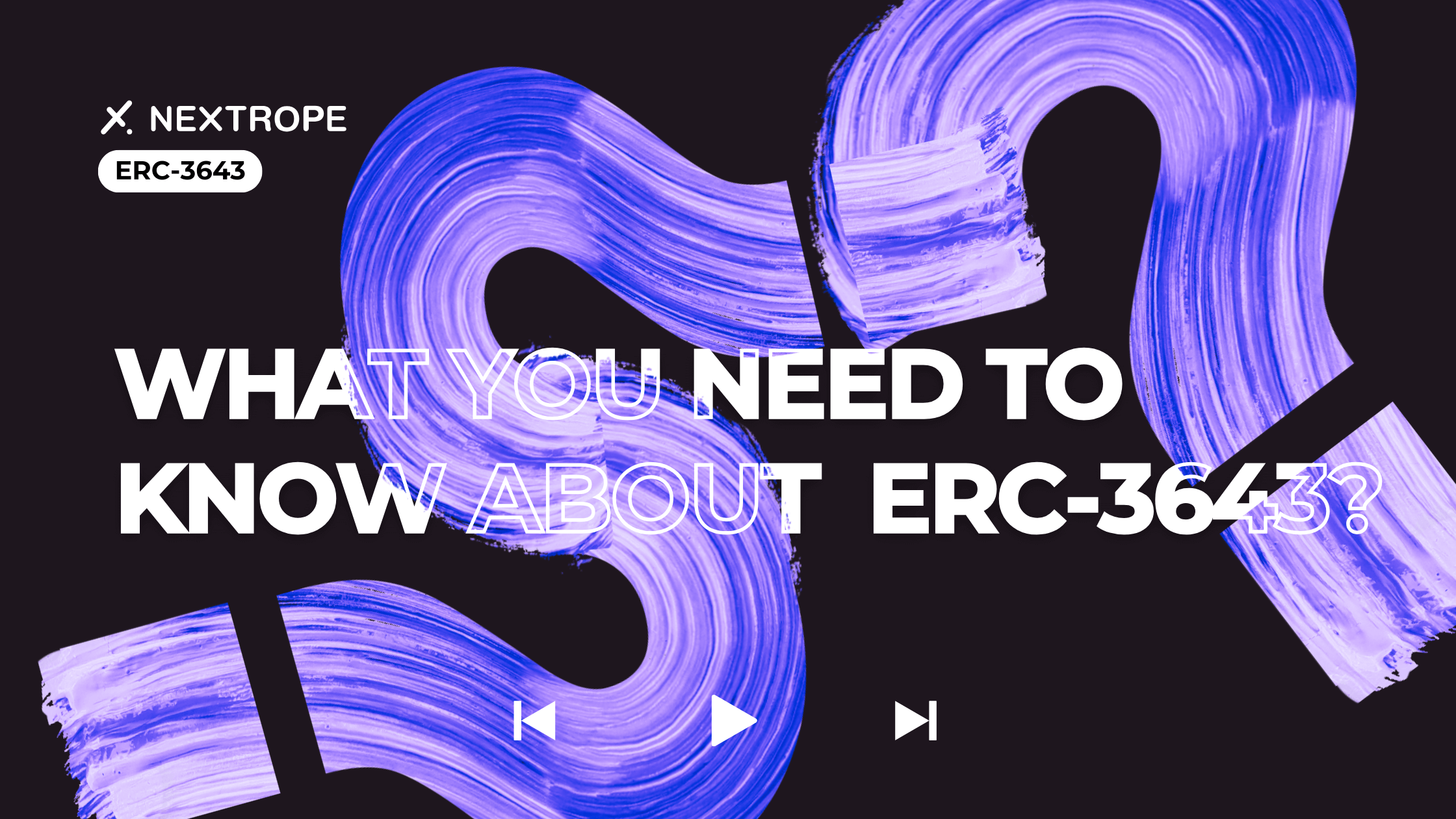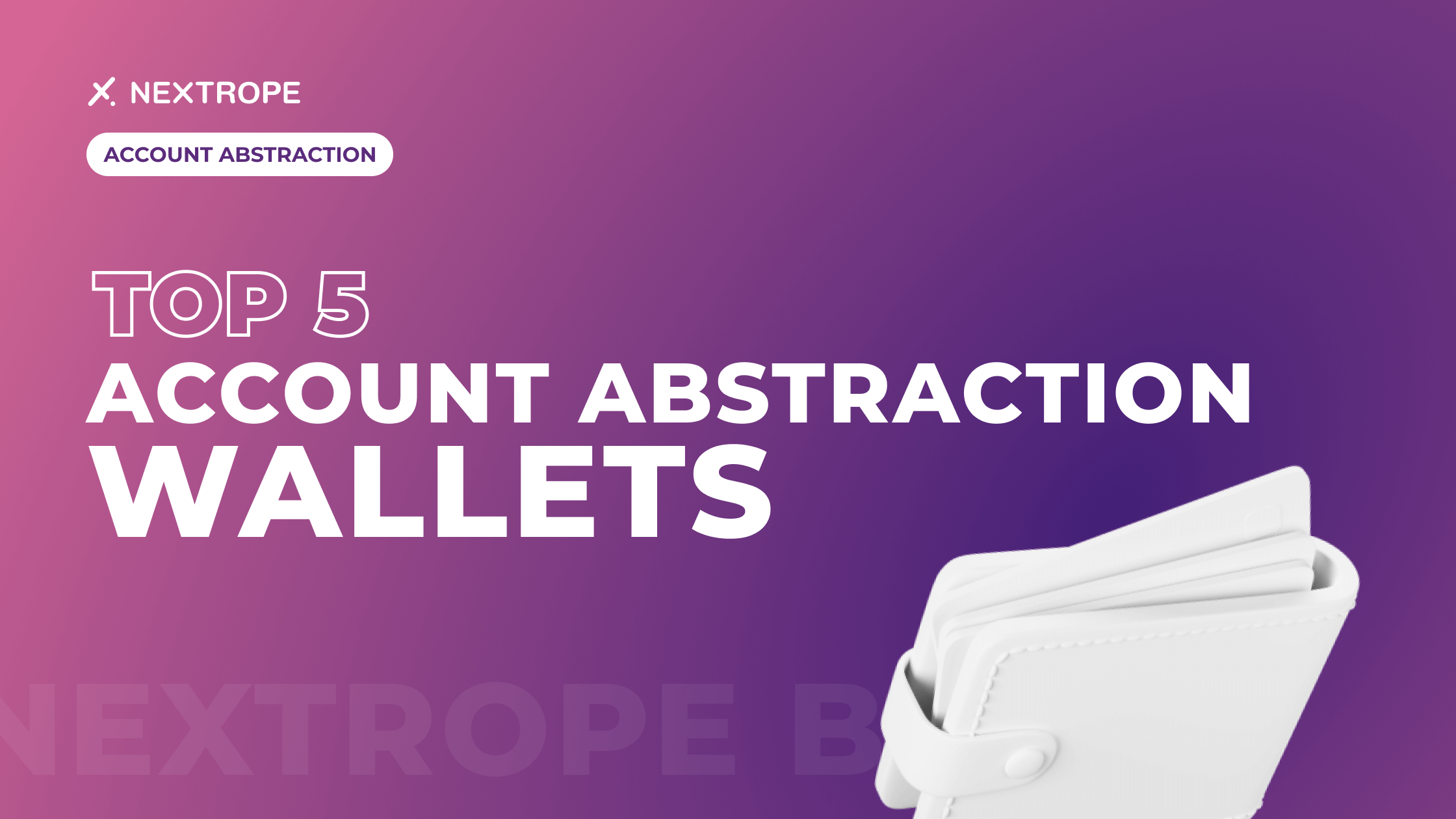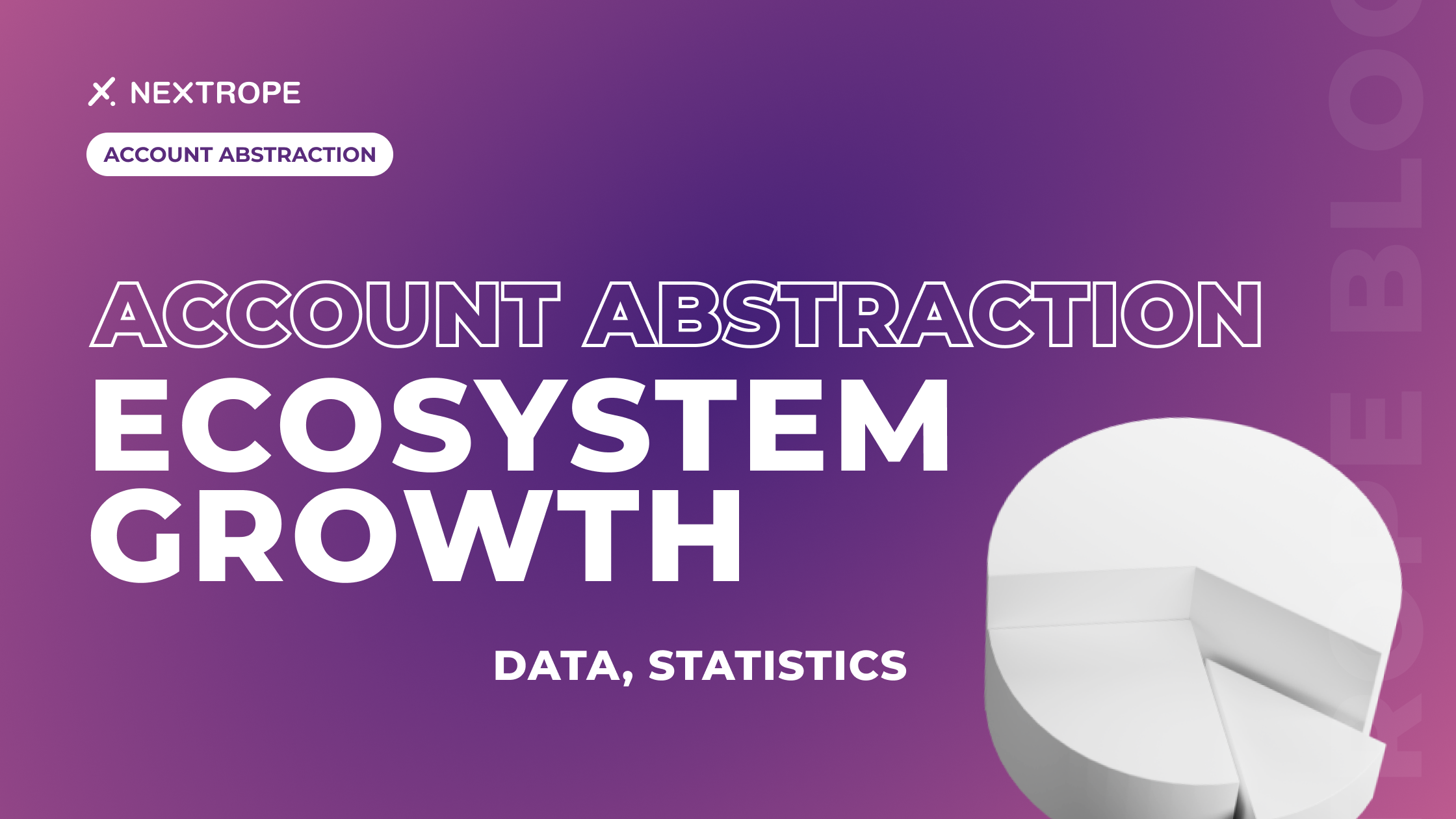The journey of token standards has been one of constant evolution and breakthroughs. ERC-3643 marks a departure from its predecessors, introducing a suite of advanced features structured to meet the expanded demands of modern applications. Its framework re-envisions the way tokens operate within the Ethereum network. This article unravels the technological intricacies of ERC-3643 and describes its foundations.
Technical Anatomy of ERC-3643
ERC-3643 is a blend of innovative and practical designs tailored for complex blockchain applications. It evolves the scope for tokenization, balancing flexibility with stringent regulations. The standard may strengthen token smart contract performance, utilizing:
Modular Structure: Accommodates the needs of different platforms, enabling the integration of various functionalities as independent or interlinked components;
Multi-Layered Token Control Mechanism: Introduces token management features including role-based permissions and multi-signature requirements. This provides fine-grained authority over token behavior, enhancing security against misuse and uncertified parties access prevention:
- Advanced Permissioning: Employs access controls that ensure token operations comply with predefined regulations. It allows token issuers to control who can hold, transfer, and perform operations;
- Restriction Features: Set up of protocols that can secure compliance with various law requirements, an essential factor for tokens representing regulated assets. Issuers may enforce legal and policy integrity directly within the token’s smart contract. This consists of automated acquiescence checks, mandatory permission for token transfer, and on-chain governance mechanisms.
Conditional Operations: The standard extends the idea of conditional transactions where specific principles must be met for the action to be executed;
Dynamic Token Behavior and Customizability: Certain rules can be modified post-deployment according to specific needs;
Token Recoverability: Enables token retrieval in cases of accidental loss or theft;
Gas Cost Optimization Techniques: This concerns the use of optimized bytecode in the smart contract and efficient data storage methods, reducing the amount of computational work required for transaction conduction;
Inter-Contract Communication System: Thanks to well-defined interfaces and an event-driven infrastructure, ERC-3643 tokens interact with different EVM-compliant platforms.
ERC-3643: Prioritizing Security
It offers a suitable environment for assets operating in highly scrutinized markets.
- Programmable Criteria: ERC-3643 permits customizable compliance logic implementation and enables the regulations encoding into the token. This includes automatic enforcement of trading restrictions;
- Cross-Jurisdictional Adherence: Acknowledging the global nature of blockchain platforms, ERC-3643 strives to be used in various circumstances. It encompasses Know Your Customer (KYC) and Anti-Money Laundering (AML) procedures. It does not guarantee embedded out-of-the-box components. This, in turn, opts for propitious infrastructure incubating the external services integration;
- Reporting: Supports comprehensive audit trails essential for regulatory oversight. Consists of immutable transaction logs, token holder reports, and automated compliance reports.
- Security Protocols: Robust security protocols to safeguard against common vulnerabilities found in smart contracts.
ERC-3643: Bridging Technology Interest and Cross-Jurisdictional Regulation Compliance
Conformity, viewed from a holistic perspective, constitutes an essential factor in fostering technology adoption. ERC-3643 thoroughly examines legislation and innovation tendencies, thereby effectively empowering the overall process.
- Interoperability: ERC-3643 is compatible with other Ethereum-based applications. Tokens can easily interact within current ecosystems;
- Adaptability: It recognizes the fluid variability of the regulated markets, and responds to newly determined conditions.
Conclusion
The inception of ERC-3643 stems from the constraints of past token standards. Representing a decent shift, it marries the need for adherence compliance with a trending spirit of digital tokenization. As we have observed, this standard underscores the paramount importance of regulatory and security awareness. Its forward-thinking structure suggests that it will adapt alongside regulatory changes and functional advancements. If that's the case, ERC-3643 may serve as a beacon for the tokenization of EVERY asset.
If you are interested in utilizing ERC-3643 or other blockchain-based solutions for your project, please reach out to contact@nextrope.com
FAQ
What is ERC-3643 and its difference from previous standards?
- ERC-3643 is an advanced token standard on Ethereum, prioritizing security and offering modular structure, multi-layered control, and gas optimization, unlike previous standards.
Key features of ERC-3643?
- Modular structure, multi-layered control, advanced permissioning, compliance features, conditional operations, token recoverability, gas optimization, and inter-contract communication.
How does ERC-3643 ensure security?
- Through programmable compliance criteria, cross-jurisdictional adherence, comprehensive reporting, and robust security protocols.
Significance of ERC-3643?
- It represents a shift by combining compliance with tokenization trends, with potential for use in tokenizing any asset.
 en
en  pl
pl 












